Parent Tips: Lesson 2.2
Lesson 2.2 is all about inventing a fantasy country. We include this lesson in Level 2 because it underpins the work kids do throughout the June Writers sequence on inventing a language and because it’s an opportunity to introduce the idea that language is intertwined with culture and government; it’s not static. We want kids to have a sense of control and ownership of English as a language, no matter who they are and where they were born.
June Writers also includes this lesson in our paragraph development sequence because it’s a fun way to help kids begin building their analytic skills. One of our major points in Lesson 2.2 is that countries are people, land, and the ideas that bind them together. The idea that invisible words and thoughts can be so powerful is a big revelation for many kids and helps them understand what we mean when we later talk about drawing meaning from texts and lists of seemingly disparate facts. Kids are moving from making somewhat diffuse lists in Lesson 2.1 to making more intentional lists in Lesson 2.2 with this big new idea in mind. This progression sets them up for Lesson 2.3, where they will explore hidden connections in information and use them to translate their lists into paragraphs.
By that time, your child will have the physical stamina to write a paragraph thanks to all the list writing and will be well set up to make the Big Brain thought leaps. Our progression isolates the thought sequence development so kids aren’t grappling with both the mental and physical challenges of moving to paragraph-level writing at the same time. This is how we teach kids to write high-quality texts and not “list paragraphs.”
—
If your kid is extra excited about this lesson, we highly recommend How to Build Your Own Country by Valerie Wyatt and Fred Rix (Illustrator).

